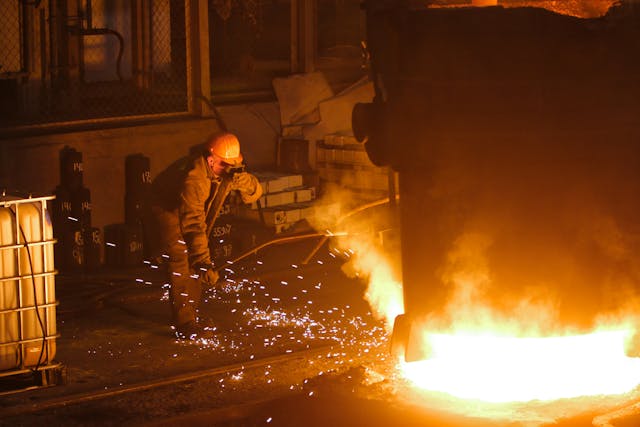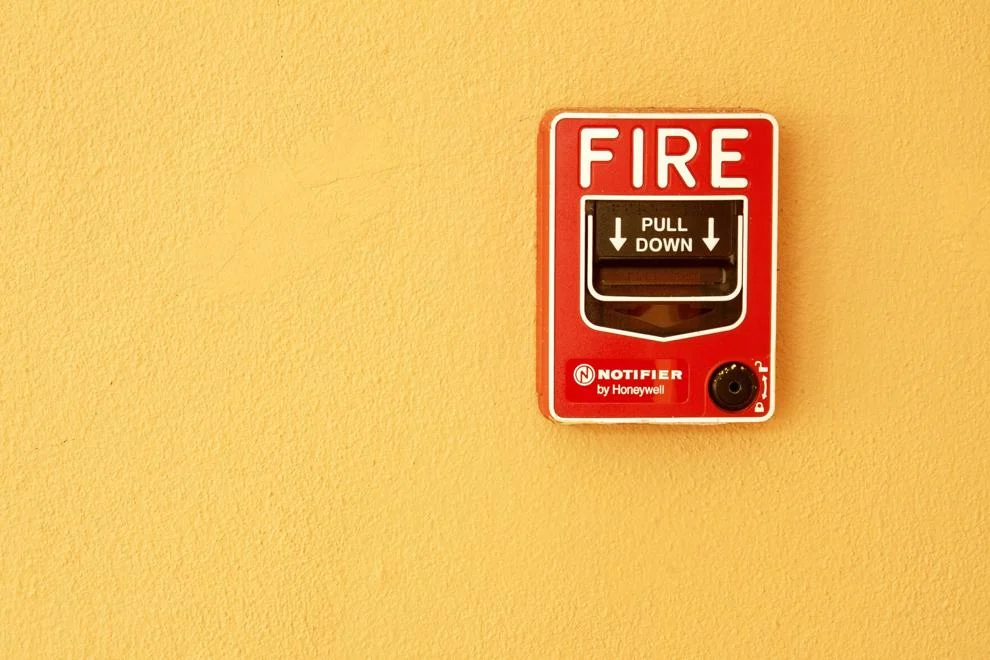
The Beaumont City Council has officially advanced a major update to local construction regulations, unanimously adopting the 2025 California Building Standards, the Wildland-Urban Interface (WUI) Code, and the California Fire Code during its Oct. 21 meeting.
The decision came after the council continued a public hearing from Oct. 7, when officials received staff reports and testimony from residents, local developers, and fire safety personnel. Staff requested additional time after that meeting to fully review new state legislation, ensuring the final ordinance aligned with recently passed laws and statewide implementation standards.

Over the weeks between the two hearings, staff evaluated a series of newly enacted state laws affecting local building regulation, permit processing, fire code compliance, development requirements, and housing mandates. Those changes were incorporated into Beaumont’s proposed amendments so the city could remain consistent with statewide best practices.
According to city staff, the local administrative amendments preserve long-standing provisions for enforcing the Building and Construction Code while modernizing language and clarifying procedures. Many of these updates mirror those adopted in other California jurisdictions. Where changes do modify specific code language, they are supported by findings tied to Beaumont’s unique climatic, geological, and topographical conditions—all factors that influence fire behavior, water flow, and development patterns.
A major component of the update is the introduction of the 2025 California Wildland-Urban Interface Code, which consolidates requirements that were previously scattered across the building and fire codes. The amendments were prepared in compliance with Health and Safety Code Sections 17958.7 and 18941.5, which require all local modifications to be clearly identified and justified.
During the meeting, Riverside County Deputy Fire Marshal Michelle Starkey walked council members through key elements of the fire code changes.
“The wildland-urban interface code is brand new... the state decided to condense that into its own code,” Starkey explained.
She also highlighted the state’s updated fire hazard severity zones and noted the importance of staying current as wildfire risks continue to rise across California.
“We do these amendments because we want to do it for the safety of not only the residents, the commercial businesses, visitors as well as suppression personnel,” Starkey said.
City officials revised terminology, cross-references, and procedural language to match the latest state adoptions of the California Fire Code. When a conflict arises between the Fire Code and the new WUI Code, the more restrictive rule will apply to ensure maximum safety.
Cost recovery provisions—related to inspections, enforcement actions, and fire responses—have been clarified for consistency.
The updated access rules now require two separate access points for new developments, which helps prevent dangerous bottlenecks during evacuations. Fire officials may approve exceptions only when conditions make a second access route impossible.
The amendment removes the sprinkler requirement for fuel canopies under 10,000 square feet, acknowledging industry trends and the design of larger fuel stations operated by retailers like Walmart, Sam’s Club, and Costco.
Food trucks and mobile kitchens that generate grease-laden vapors must now maintain on-board fire suppression equipment that is regularly serviced—reflecting the rapid growth of food truck businesses and associated fire risks.
Fireworks display fallout zones increased from 70 feet to 100 feet per inch of shell, addressing concerns that debris now tends to travel farther due to wind conditions and larger pyrotechnic effects.

The high-pile storage section—critical for warehouses, distribution centers, and logistics operations—was relocated for clarity and easier enforcement.
This standalone Part 7 of Title 24 includes:
These updates are intended to reduce wildfire risk as more development occurs near natural open spaces.
Fire protection plans must include details on irrigation, defensible space, and vegetation management. Riverside County is working on a list of recommended fire-resistant plants until the state finalizes its official guidance.
Additional rules include:
The overarching goal is to enhance public safety, create consistent requirements across Riverside County, and ensure regulations keep pace with evolving wildfire conditions and modern construction practices.
Originally reported by ANGELINA PARISI Record Gazette Staff Writer in Record gazatte.